Variegated Sage Information and Facts
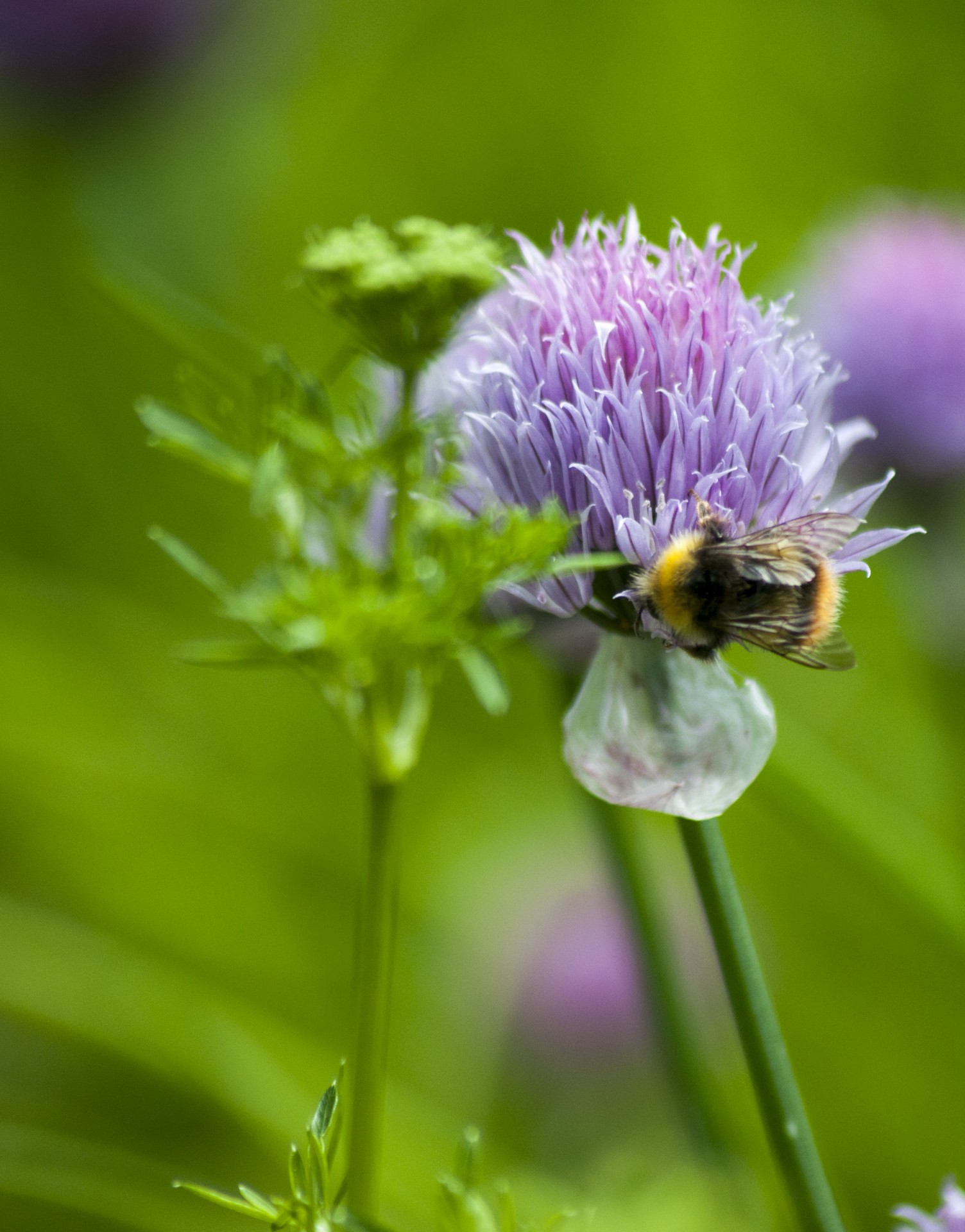
Bee On Sage Free Stock Photo Public Domain Pictures
A sprig of basil consists of the top three or four leaves of the basil plant. The leaves with the best flavor and aroma are the smaller leaves at the very top. It is possible to snip the leaves directly from the plant or clip them from the stem. Fresh basil leaves are glossy and evenly veined, while the stem is fleshy.
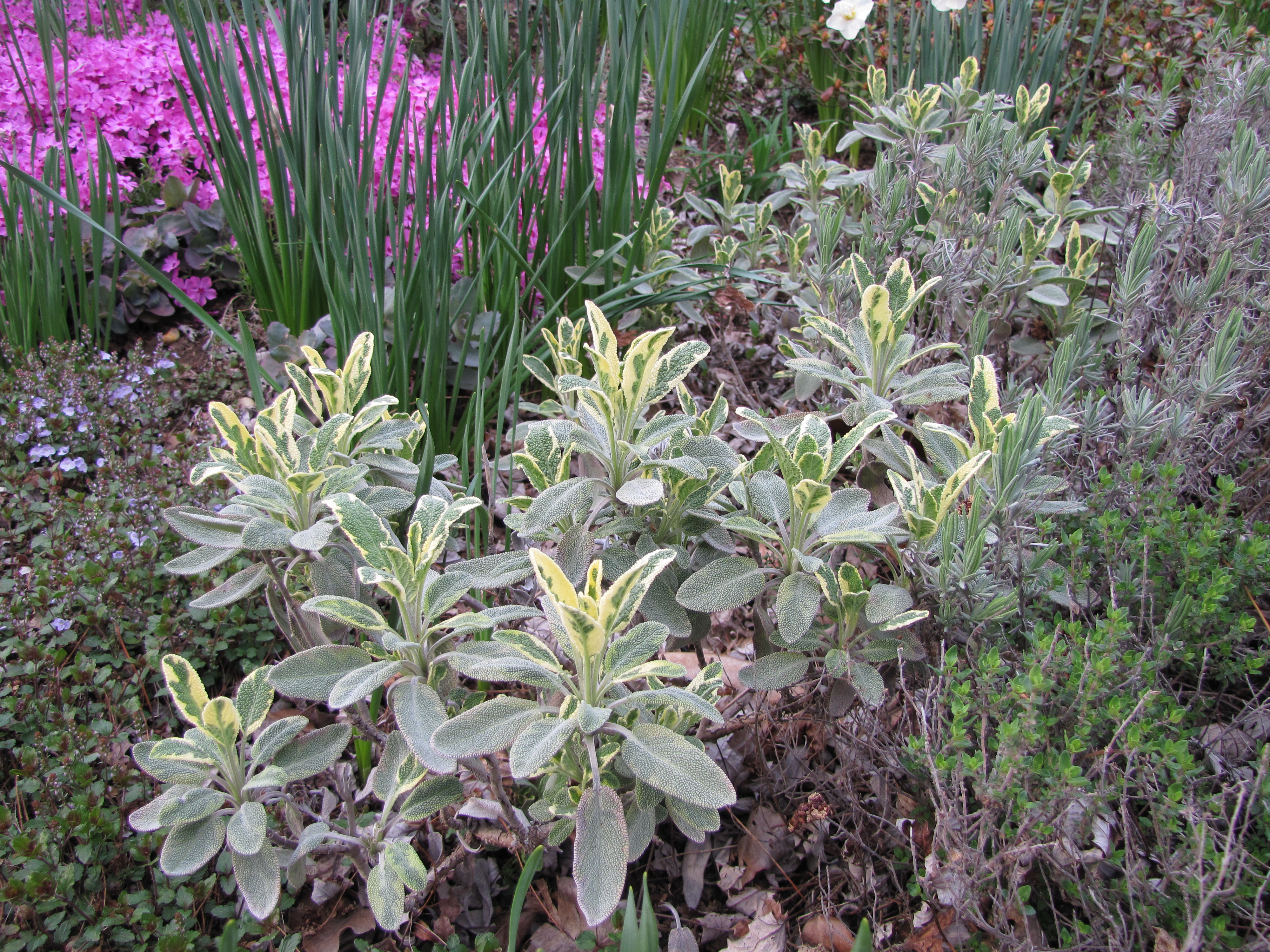
Variegated Sage You Can Grow That! pegplant
This guide is organized by herb (in alphabetical order). How many teaspoons are in a sprig depends both on the herb and the size of the sprig. For each herb this guide lists: the approximate amount of leaves that can be harvested from a sprig of that length. the approximate amount of finely chopped herb that a sprig of that length will yield.

SPRIG OF SAGE CUT OUT Stock Photo Alamy
Many recipes call for a "sprig" of an herb. What constitutes a sprig? And can I substitute the dried herb for the sprig? A. A sprig is generally defined as a 2- to 4-inch piece of the herb plant. You can substitute about 1/2 teaspoon of dried herb for a sprig; however, be sure to read the recipe before you decide to substitute.
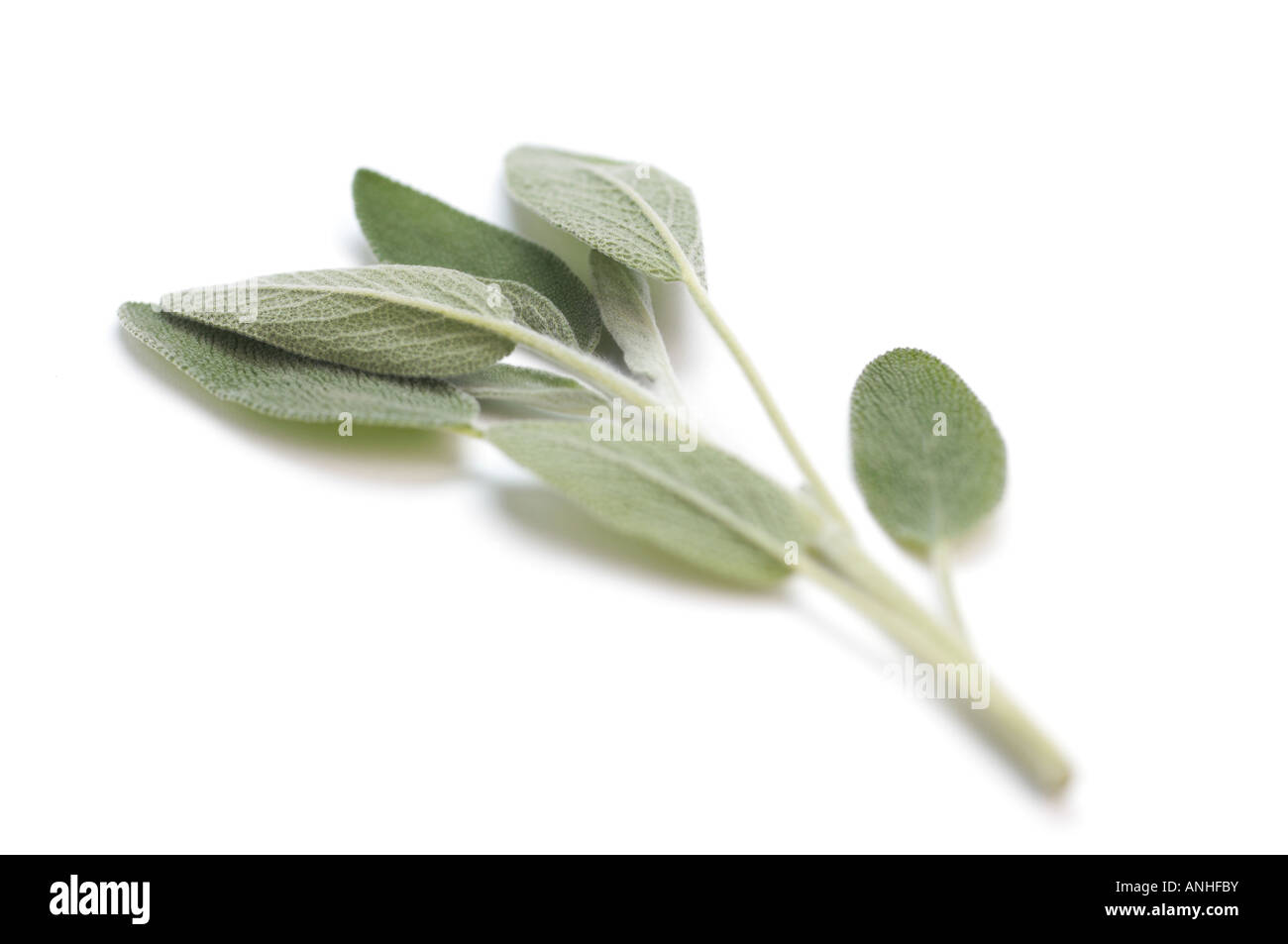
Sprig of fresh Sage Stock Photo Alamy
A sprig of herbs refers to a 2 to 4 inch piece of the herb plant, typically including both the stem and leaves. These flavorful sprigs are often used in culinary dishes for their pungent aroma and lovely texture. Commonly found in soups, as garnishes, or even in meat dishes, sprigs of herbs like Rosemary and Thyme add a fragrant touch to your.
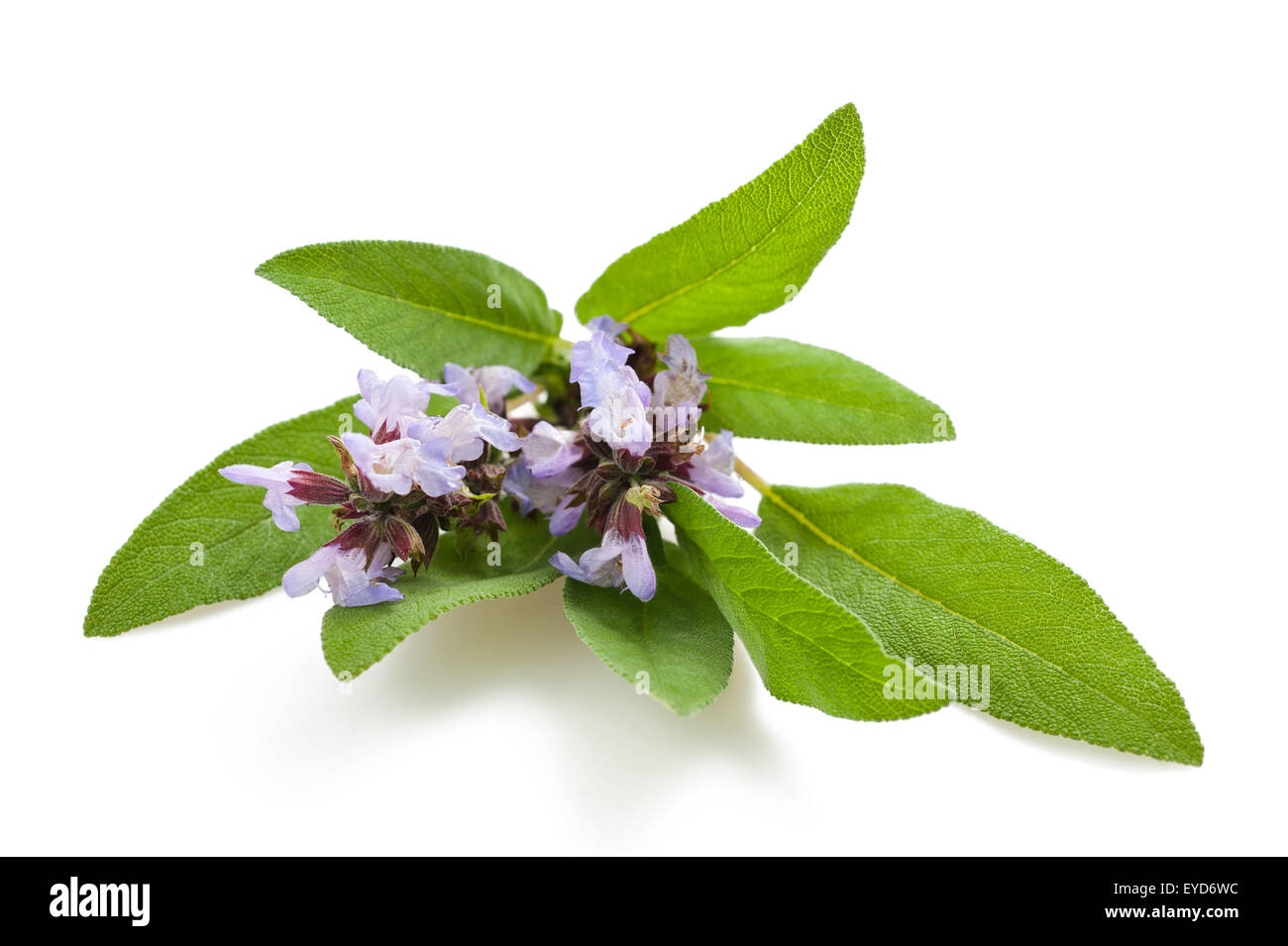
Sprig fresh sage herb hires stock photography and images Alamy
A sprig is a branch of an herb plant. Sprigs of herbs typically range from 2 to 4 inches long, though some varietals can measure up to 6 inches.
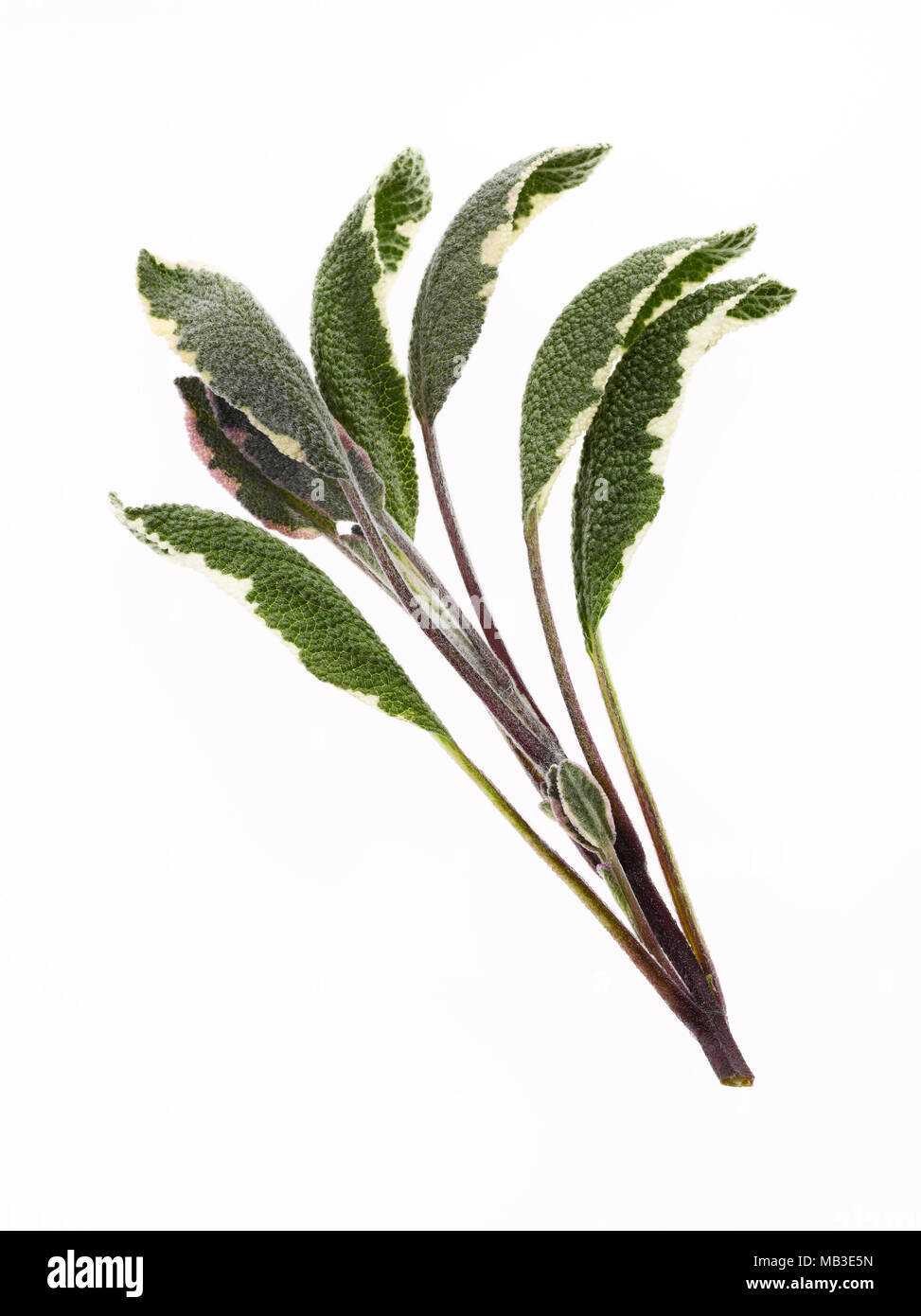
Sprig fresh sage herb hires stock photography and images Alamy
Tarragon. Tarragon is a beautiful herb that grows in long, thin leaves. This herb has a fairly strong flavor and works very well paired with other flavorful foods such as salmon, onion or asparagus. SEE ALSO:Best Salmon To Eat. A sprig of tarragon is also the top 3 inches of the terminal leaf.

A sprig of sage Stock Photo, Royalty Free Image 25325915 Alamy
This sage-infused olive oil is great for sauteeing. To freeze fresh sage leaves, wash and pat the sage sprigs dry, remove the leaves from the stems, and pack them loosely in freezer bags. You can use them for up to one year. Freezing intensifies the flavor of the herb so proceed accordingly.
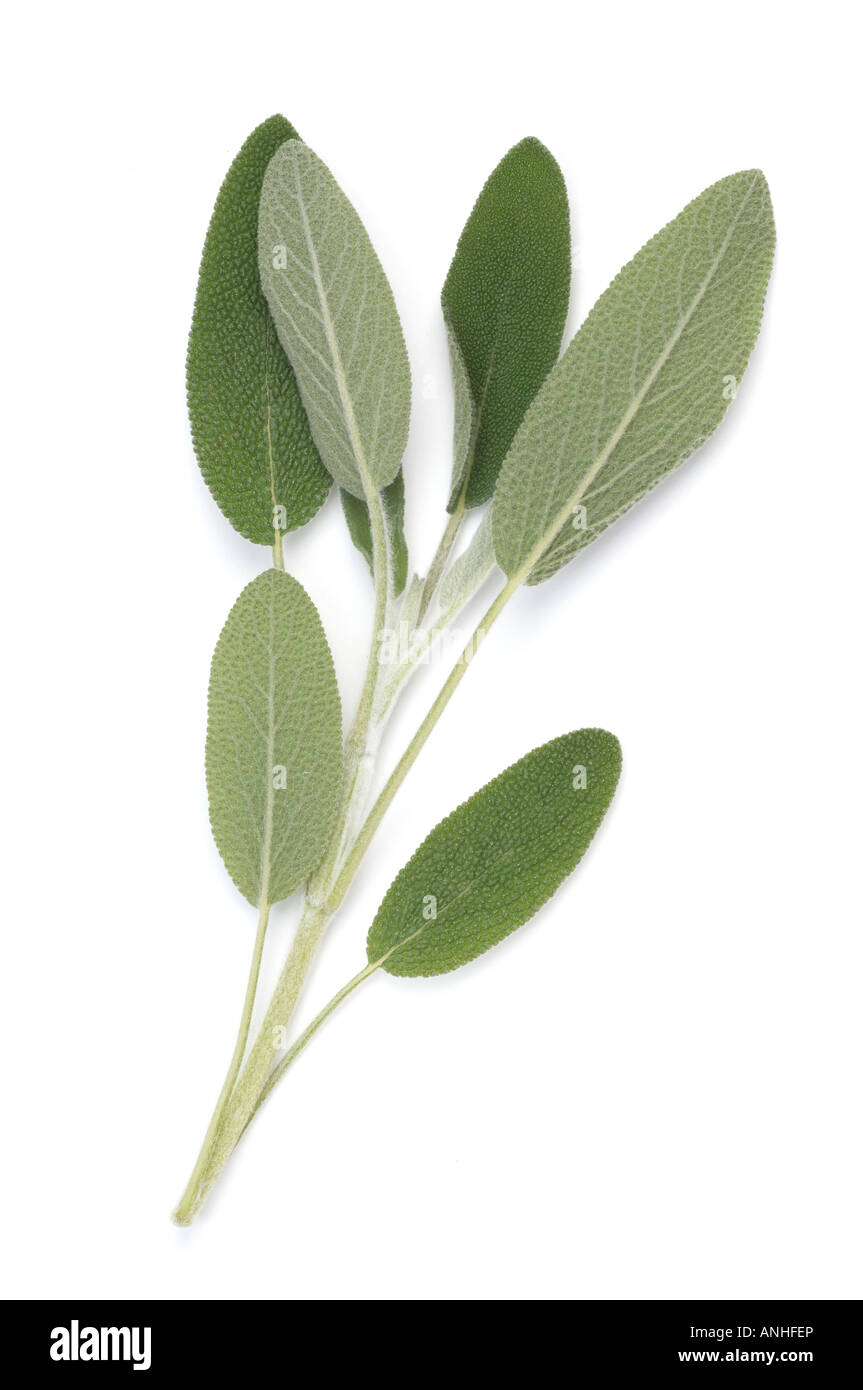
Sprig of fresh Sage Stock Photo 15531549 Alamy
Reads 152. Sage is a plant. The leaves are used to make medicine. Sage is used for digestive problems including bloating, gas, and stomach pain. It is also used for "the common cold," sore throat, and coughs. Sage is applied to the skin for joint pain and muscle pain. Shortcuts.
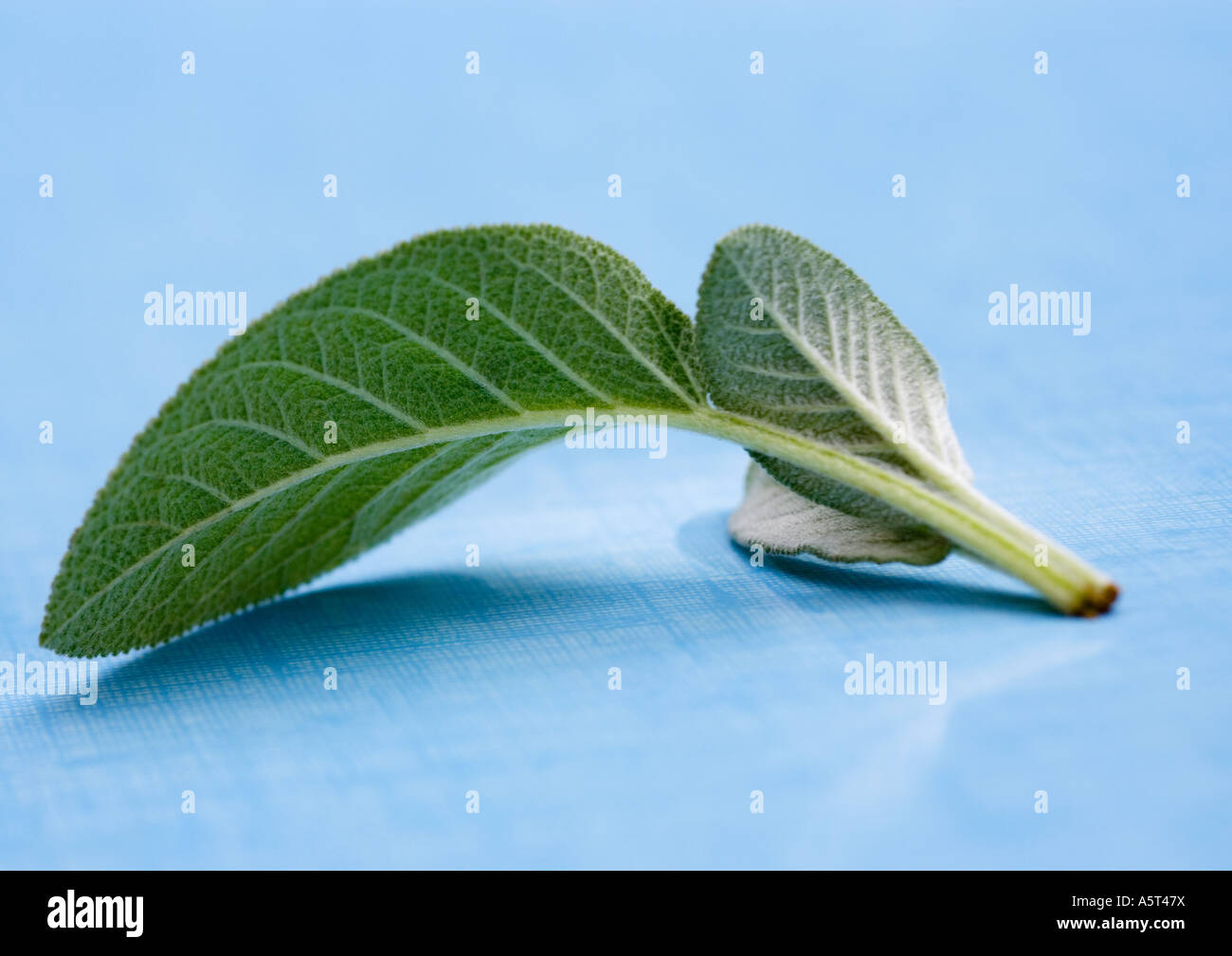
Sprig Fresh Sage Herb High Resolution Stock Photography and Images Alamy
Rubbed Sage vs. Ground Sage Conversion. Rubbed sage is a processing technique that releases aroma differently than ground/ broken leaf sage. 1 teaspoon of rubbed sage is roughly equivalent to ½ teaspoon of ground sage. What is a Sprig of Sage? A sprig of sage is approximately 2-4 inch stem of the herb with a few leaves on it.

Sprig fresh sage herb hires stock photography and images Alamy
Because of the size of the leaves, you won't need as much, so a sprig would be only one or two leaves. You can strip the leaves with your fingers or with a pair of small scissors. Parsley is most commonly paired with other herbs such as basil, rosemary, sage, thyme, nutmeg, or oregano. It's a great mix with seafood and is commonly added to.
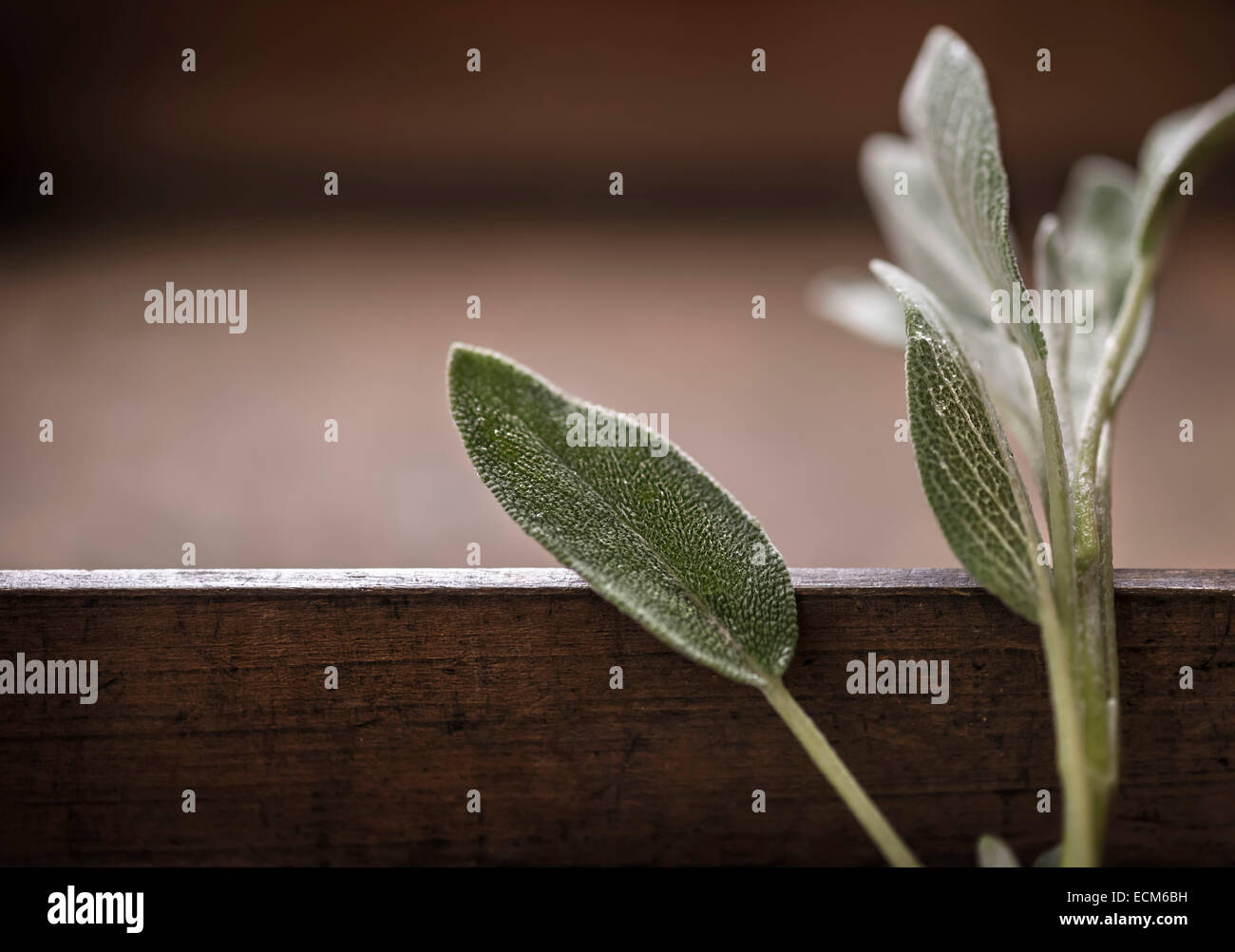
Sprig Fresh Sage Herb High Resolution Stock Photography and Images Alamy
The sage plant is a perennial with stocky, woody stems that produce robust and flavorful sprigs of sage. You've likely used this herb while cooking before, or at least enjoyed a dish that included the sage herb. Sage can easily be grown in many growing zones in the United States and throughout the world.

9 Herbs You Should Be Growing for Flower Arranging
A "sprig of sage" is a small stem or branch of the sage herb, typically including several leaves. The number of leaves on a sprig of sage can vary, but it typically ranges from 3 to 8 leaves, depending on the size of the sprig. I recommend using a sprig with at least 4 leaves for this stew.

Sprigs of sage stock photo. Image of healthy, fragrant 60016442
Quick Tips and Facts: 1. A sprig of sage refers to a small, fresh branch that is cut from the sage plant, typically including a cluster of leaves. 2. Sage has been used for centuries as a natural remedy for sore throats, digestive issues, and as a memory enhancer. 3.

About Sage Medium
Defining a sprig for common leafy herbs. The word "sprig" can bring to mind the twigs or sticks of the woody herbs we've already touched on. But occasionally, you'll find you're asked to procure a sprig of basil or even peppermint. To measure these leafy herbs effectively, disregard the more delicate stems. Pluck the leaves from their stems.
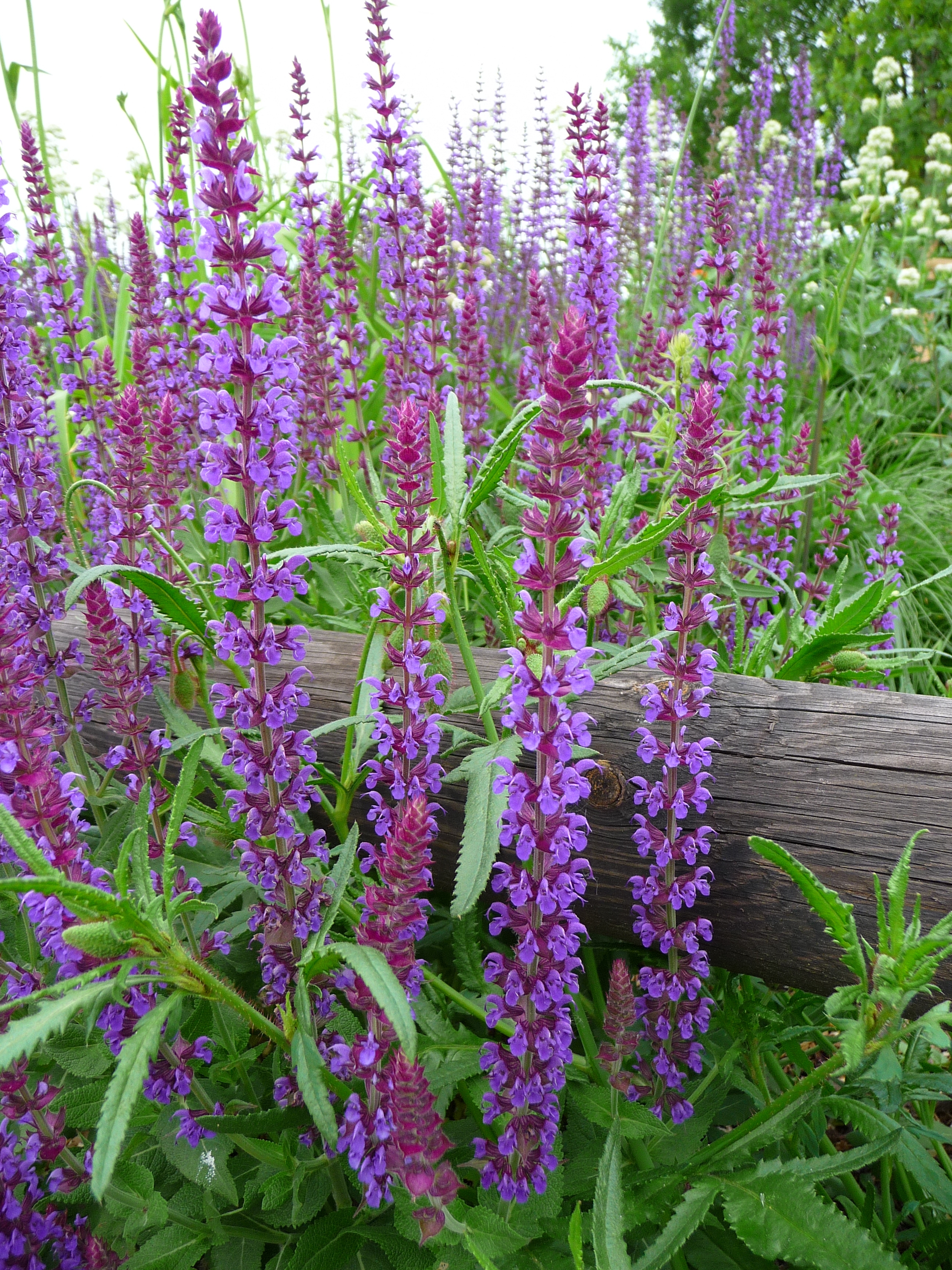
FileWoodland sageSalvia nemorosa.jpg Wikimedia Commons
Sage: Substitute 1 teaspoon dried sage for every 7 fresh leaves or 2 teaspoons minced fresh sage. Thyme: Substitute 3/4 teaspoon ground thyme for every 6 sprigs or 1 tablespoon fresh thyme. Cooking With Dried vs. Fresh Herbs . A fresh-to-dried herb converter isn't the only thing you need to consider when making the swap. Dried herbs and fresh.
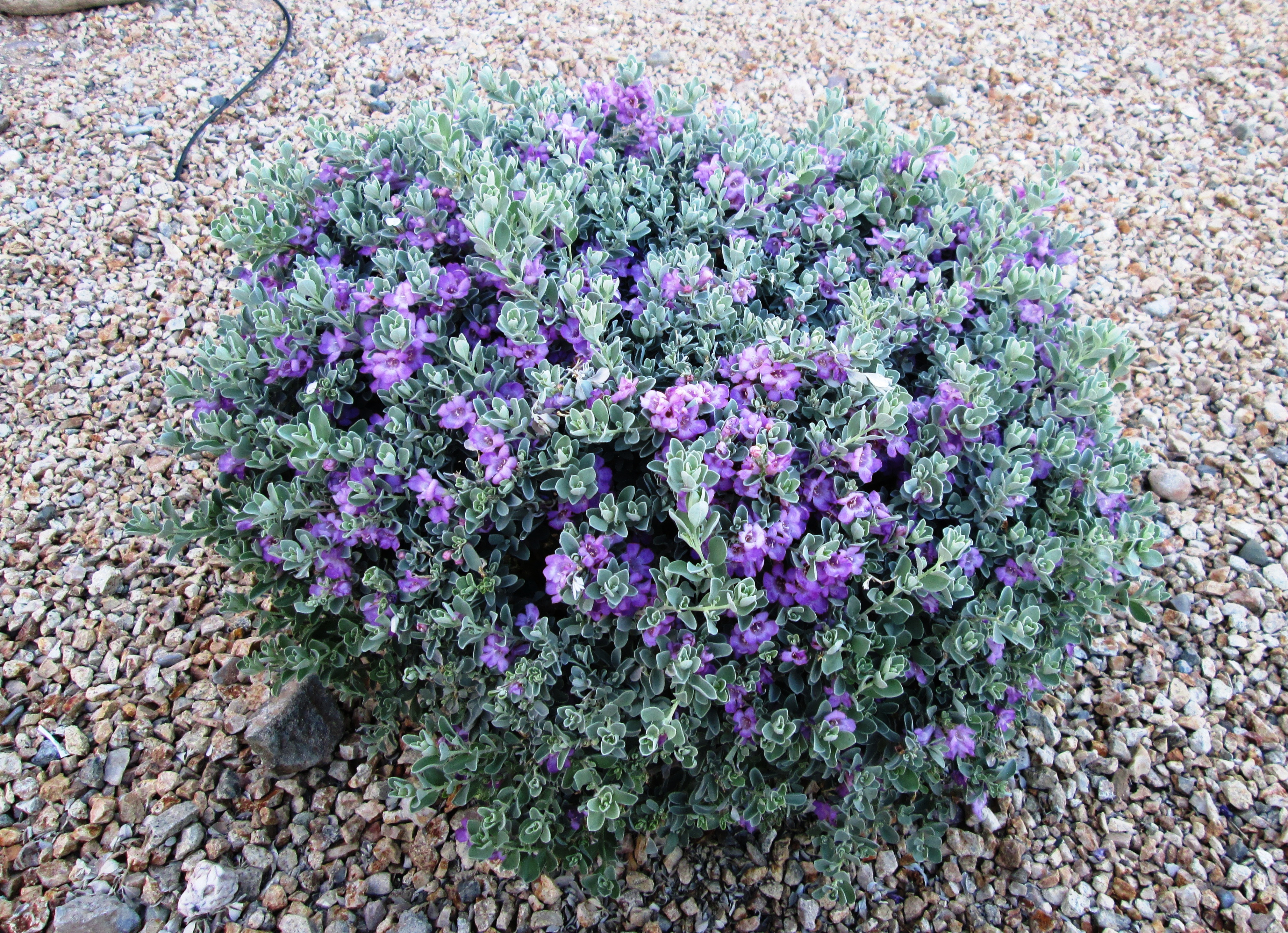
FileTexas Sage.jpg Wikipedia, the free encyclopedia
Harvest herbs: Add 2 sprigs of fresh sage. Steep: Fill up a mug with the boiling water. Allow to stand for 5 minutes. Add sweetener & lemon: Add a hint of honey (or agave) and squeeze lemon juice from 1 wedge lemon. This step is required to get the best flavor, otherwise the sage is overpowering.